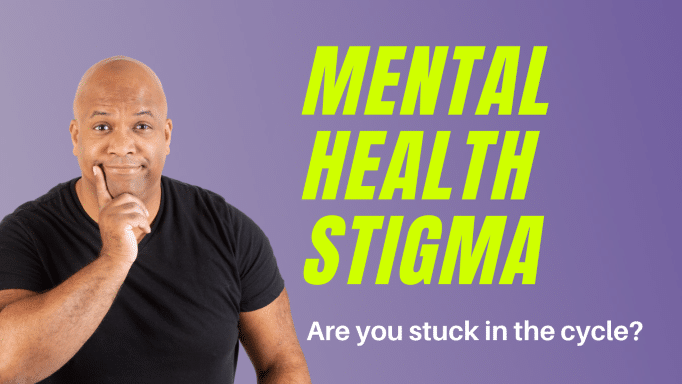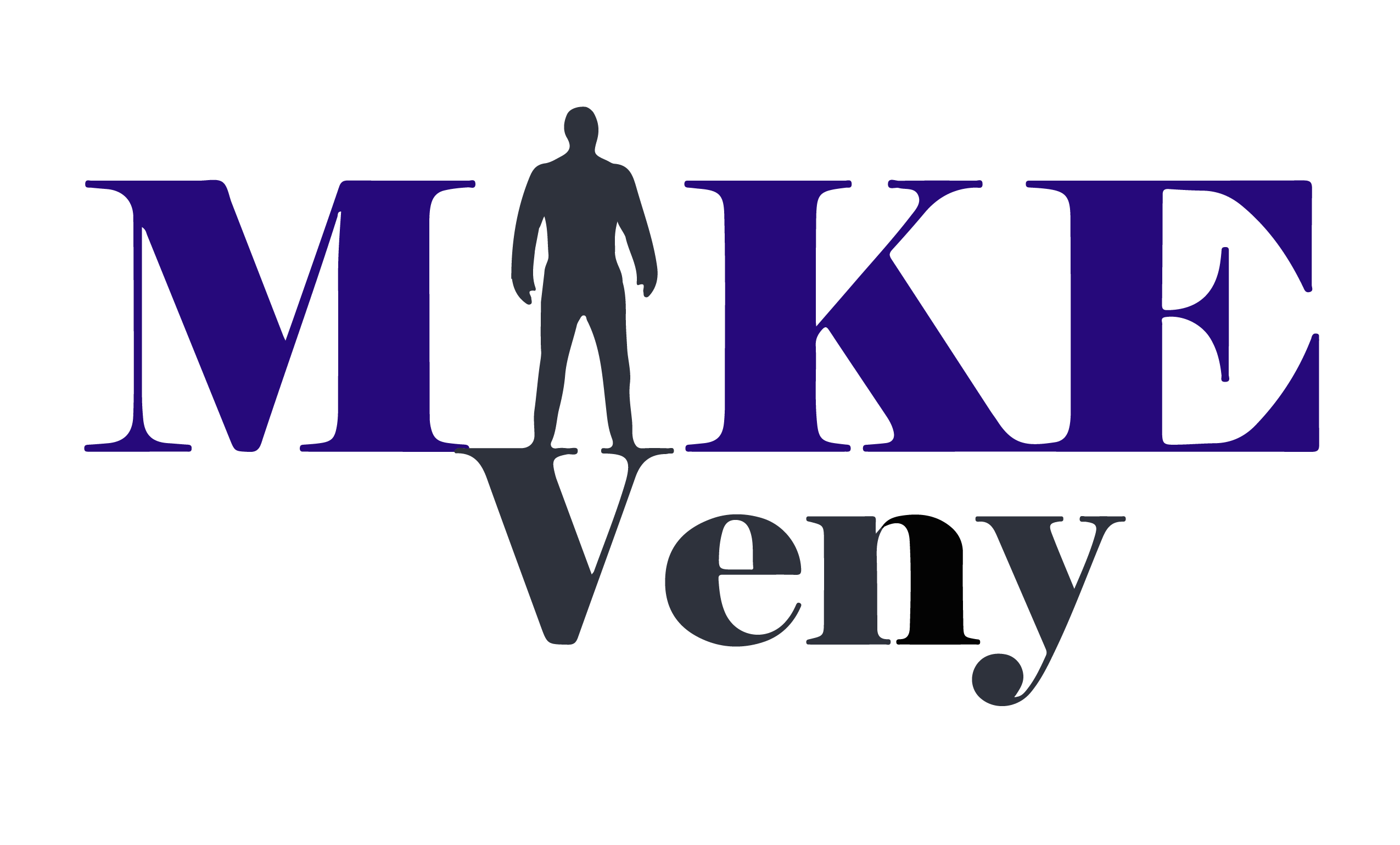
If you enjoy the video below, please like, comment, and subscribe to my channel!
The career worked. I’m still a drummer to this day pre-pandemic, and I’m going to speak this into existence, post-pandemic. I actually do drumming in the workplace with adults and I really miss doing that. I’m looking forward to getting back to it.
And so drumming became the tool that helped me, but please understand. I still struggle with mental health challenges. And for many years, I just wanted them to go away because if you and I were in a band together, I didn’t want you to find out that I had anxiety because you might tell the bandleader and fire me, or maybe we started hanging out as a group. And you notice that something’s a little off with me, so you might not want to hang out with me. And for me, that was the shame that I was carrying around.
It wasn’t until 2017 when I had a breakdown that I realized, I didn’t just need to address my own mental health, but I needed to address the stigma that I was carrying around. And so I spent a good few months in the library, researching everything that I could about stigma. And I learned that stigma is actually a three-part process. And I want you to listen very closely to what I have to say because this is really why I’m here today.
It’s a three-part process. It starts with shame. So you might feel ashamed of something you’re struggling with, or you might love someone and feel ashamed about their struggle. The shame leads to silence. You don’t talk about it. And the silence leads to sabotage, social injustice, self-destructive behavior. And if you’re not careful suicide.
Let me say it again. Stigma starts with shame. Shame leads to silence and silence leads to sabotage, social injustice, self-destructive behavior, and suicide.


![YouTube Video: Understanding America’s Mental Health Crisis with Mike Veny [2024]](https://mikeveny.com/wp-content/uploads/2024/09/Mike-Veny-YouTube-400x250.png)
